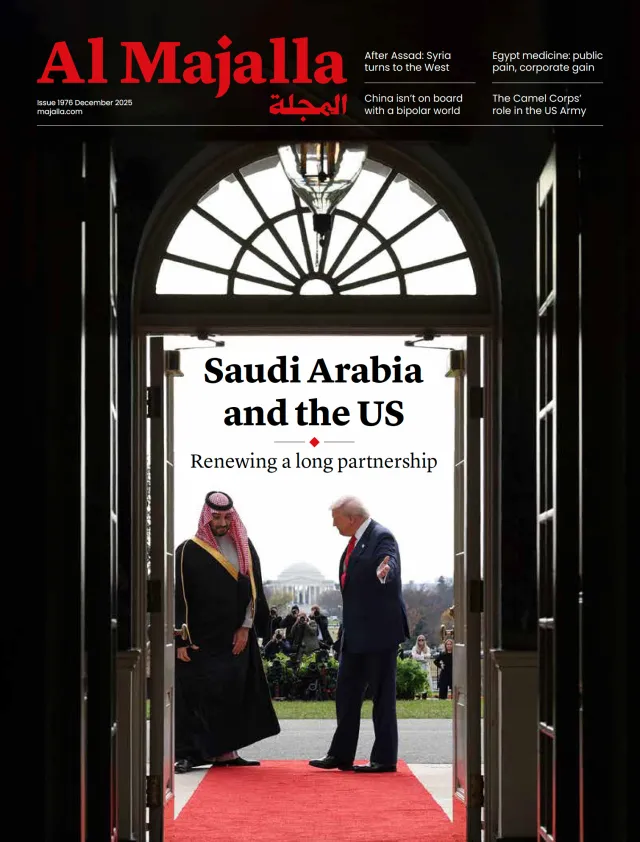The Middle East has been reshaped and a bold new approach can ensure it holds, but the clock is ticking. Iran, the regional bully for decades, has been defanged and there is a now a window of opportunity to make this new Middle East permanent.
Iran suffered in a one-sided conflict against Israel, whose prior military interventions shattered Iranian proxies Hezbollah and Hamas, and weakened the Houthis. At the same time, Iran lost a regional ally when the Syrian regime of Bashar al-Assad fell.
All this has shown the Iranian leadership that they need a nuclear weapon to achieve parity with Israel. We can assume that they have already begun enriching uranium to the grade needed to make a bomb, and that they are already rebuilding their own military (the Islamic Revolutionary Guards Corps) and the arsenals of proxies.
Sense an opportunity
For Arab nations, this newly shaped Middle East presents an opportunity that was inconceivable before 7 October 2023, when Hamas and other Gaza-based terrorists attacked southern Israel. Long a menace, Iran is now weaker than it has been for decades, and although the regime is still in power, it is now looking inward (rather than abroad), obsessed with finding “Israel spies in the ranks”.
The Gulf Arab states can take advantage of this window of Iranian weakness by taking a bold new approach to two longstanding regional problems. The first is to define and implement an ‘off-ramp’ for Israel and the Palestinians in Gaza. While the US can get Israel to stop fighting, Israel needs a structure that will reassure it on future security.

The second is to boldly reshape their strategic approach to defence reform to quickly establish an effective Arab deterrent to any Iranian adventurism in the future. To do so, they should leverage the lessons from Israel’s immensely successful 12-day war, while taking an innovative new approach to warfighting such as we have seen by Ukraine.
Only by helping Israel wind down its operations in Gaza and by building up a military deterrent will the Gulf states ensure that Iran does not eventually resume its role as regional bully. For now, there is a brief respite, while the bully licks his wounds.
Dismantling an enemy
Israel’s actions and other events since 7 October 2023 have completely reshaped the Middle East, significantly shifting the balance of both power and influence away from Iran and its proxies (the so-called ‘Axis of Resistance’).
Hamas no longer has any remaining military capability to threaten Israel. In Lebanon, Hezbollah’s leadership has been decapitated, their communications and internal security have been thoroughly penetrated, and most of their formidable arsenal of modern missiles, rockets and other weapon systems has been destroyed.
In Syria, Hayat Tahrir Al-Sham (HTS) and other rebel forces launched an offensive operation that rapidly drove the Assad regime from power and ended 50 years of family rule, while in Yemen, the US campaign to stop the Houthis from attacking commerce in the Red Sea appears to have had the desired effect, with key leaders killed.













